The global push to replace traditional ICE-powered vehicles with all-electric ones stems from the desire to slash emissions and become more environmentally friendly, though some have raised concerns that EVs can be quite harmful to the environment as well - at least, as it pertains to their construction, the sourcing of raw materials, and disposal of all of that at the end of their lifecycle. However, several studies have found that EVs still emit fewer emissions over the course of their entire lifecycle than ICE models, and that's once again true of a newly released piece of research.
According to Automotive News, a new study from the International Council on Clean Transportation in Europe has found that new EVs produce 73 percent fewer CO2 emissions than ICE vehicles over the course of their entire lifespan, which is 24 percent better than a previous version of the study, released in 2021. This improvement stems from the fact that EVs have become more efficient in recent years as technology improves.
"Battery electric cars in Europe are getting cleaner faster than we expected and outperform all other technologies, including hybrids and plug-in hybrids," said Marta Negri, an ICCT researcher. "When running on the EU average fuel and electricity mix, only BEVs offer a large-scale reduction in life-cycle GHG [greenhouse gas] emissions." Meanwhile, hybrids and plug-in hybrids have posted more modest gains in terms of efficiency over the past few years - regular hybrids now have a 20 percent lower lifecycle emissions rate than ICE models, while PHEVs are 30 percent lower.
This new ICCT study assumes a lifecycle of 20 years, and took into consideration factors such as sales-weighted figures in the EU. A lifecycle assessment begins at the extraction of raw materials from the earth, and covers everything afterward - production of the vehicle and its components, how much energy it consumes, and impacts associated with disposal and recycling.

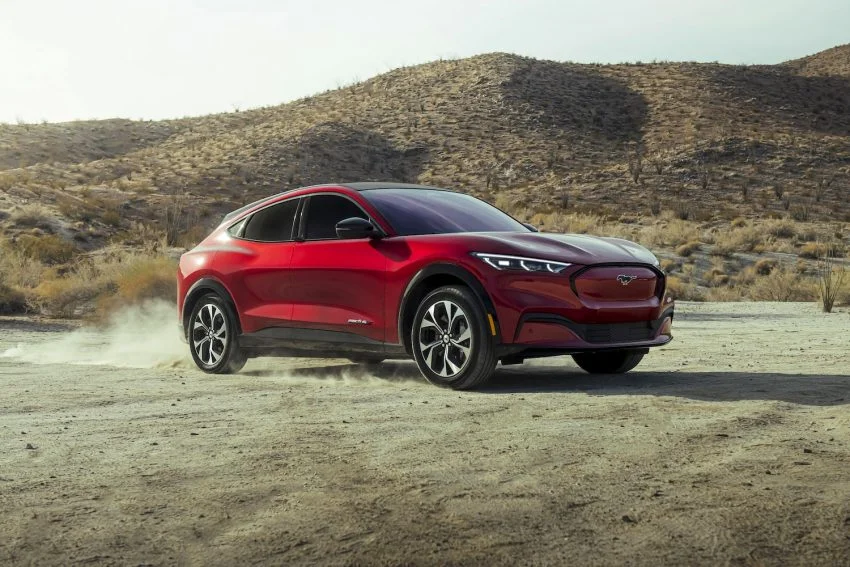
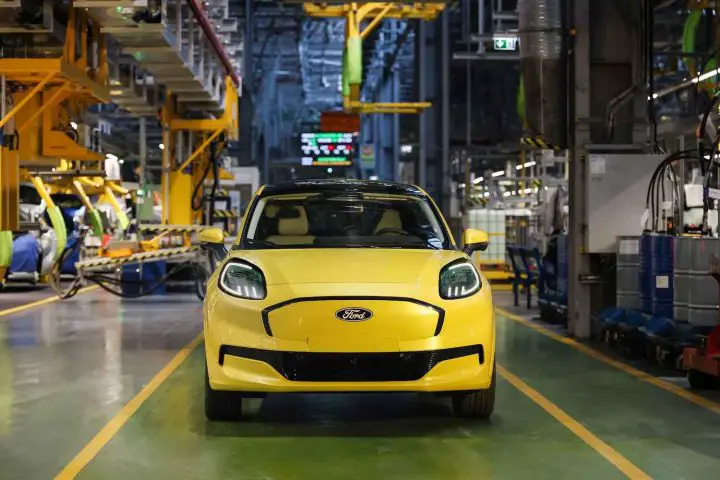



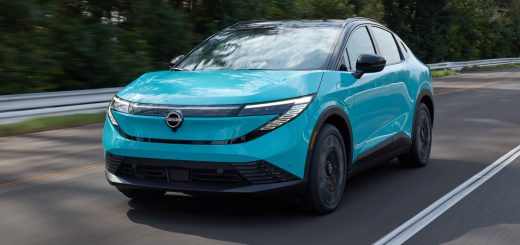
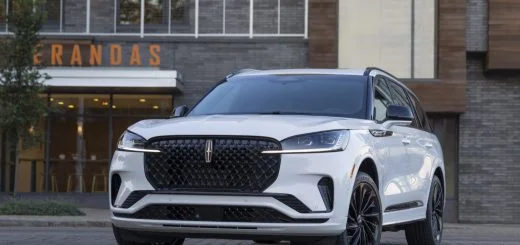

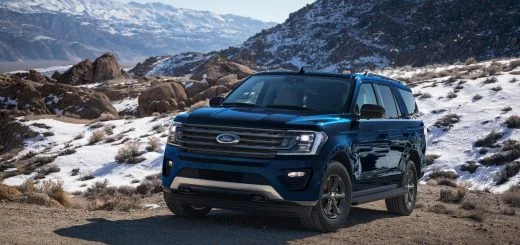
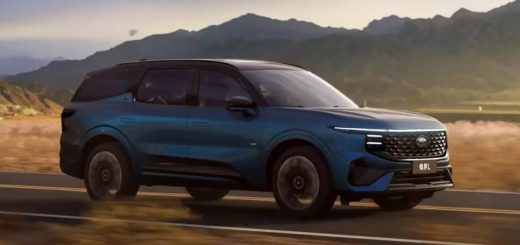




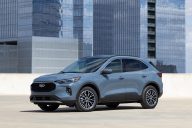

Comments
This is nice, but still has the hint of politics.
If California (CARB’s Liane Randolph) had not mandated EVs, trying to control peoples lives by political pressure, then the obvious personal economic advantages of EVs would have convinced many people to make the choice of entry level economy EVs.
Instead CARB made it about political power and control of people, which doomed EVs to not be considered by most. The Democratic National Committee climbed on board. Too bad; because for many people EVs are a better economic solution.
For me, after doing the math on the cost of electricity, gasoline, and vehicle maintenance, my Chevy Bolt will pay for itself in the difference of fuel/charge cost by 120K miles. The crisp acceleration and skipping time at the pump would only have improved the outlook for EVs.
I’m not making a political statement or an environmental statement, I’m looking at my financial statement.
“International Council on Clean Transportation in Europe”
I’m sure there is not too much bias there 🙄
Exactly! “More Doctors Smoke Camels Than Any Other Cigarette!”, LOL.
Do not believe a word of this.
All political to try and push EV because the car Companys have billions invested!
Where is the factor here as in the electricity to charge the EV coming from, and how that comes into play?
And do not come back and say recharging comes from wind and solar, as both of these have been proven to be not clean power!
Compare it to burning oil. Don’t forget to factor in the much greater efficiency of EVs.
Eight billion dollars and still no charging stations.
CLAIM: The Biden administration spent $7.5 billion to build eight electric vehicle charging stations.
THE FACTS: That’s incorrect. The $7.5 billion figure refers to the total amount allocated through the 2021 law to build a network of charging stations across the U.S., not the amount that has already been spent. There are currently 214 operational chargers in 12 states that have been funded through the law, with 24,800 projects underway across the country, according to the Federal Highway Administration.
—from AP, 11/27/24
Could be EV’s have a shorter lifespan than ICE vehicles by 73%.
Could be the cars are just like any other cars, except that batteries can be reused or put to work in home backups, or recycled.